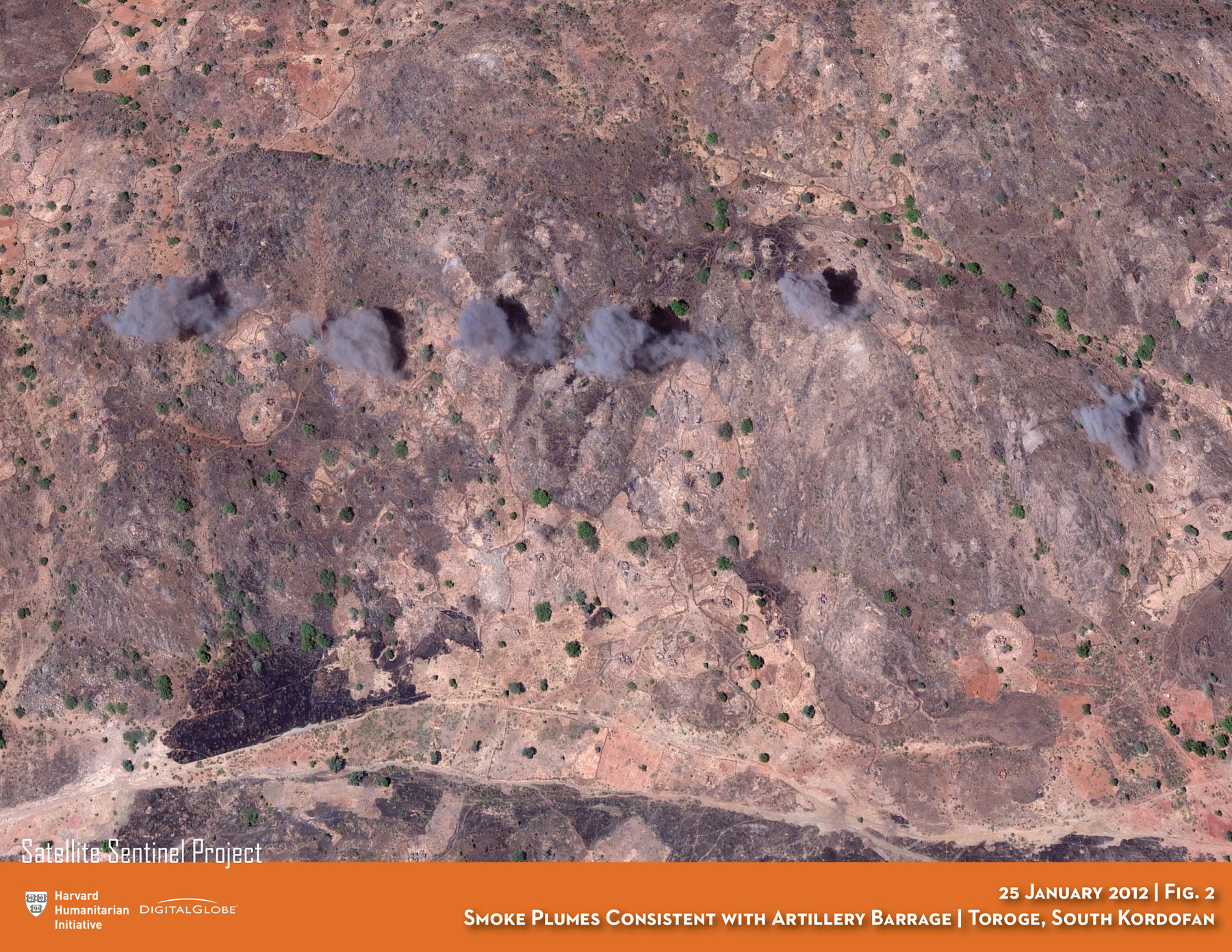
Good intentions alone are no match for regimes and their security agents bent on silencing dissent. For protesters on the ground in a country in turmoil and for activists overseas utilizing crisis mapping and social media to raise attention to their plight, the novelty of the technology and the creativity it enables has the potential to overshadow the harm that could be done if sensitive information gets into the wrong hands.
“[T]he evolution of this digital toolbox (…) has to date outpaced the development of widely accepted doctrine for responsible use thereof,” writes a team of colleagues from the Satellite Sentinel Project. “And crisis mappers, who already commonly use a set of digital platforms and tools, now urgently need a shared set of ethical and technical standards for how to use these safely and strategically. In other words, crisis mappers require an ethical compass.”
In a feature for Global Brief, co-authors Caitlin Howarth and Nathaniel Raymond of the Harvard Humanitarian Initiative and Jonathan Hutson of the Enough Project draw on their joint experience with the Satellite Sentinel Project to make a case for establishing guidelines similar to the Humanitarian Charter to set a standard for how information should be used. The Satellite Sentinel Project provides a compelling illustration of the possibility that lies in combining satellite imagery, on-the-ground reporting, analysis, and social media. But their work has also made them aware of the many potential hazards of processing sensitive information for public consumption. They raise a host of thought-provoking questions:
What information should be shown publicly, and when and how should it be shown? When should it not be shown? Do crisis mappers sometimes unintentionally provide bad actors with very useful intelligence? Are at-risk populations endangered by sharing information with crisis mapping initiatives and/or social media – even when this is done remotely and with the use of encryption? What happens to vulnerable civilians if crisis mapping data is wrong? What happens to them if the data is right? What responsibility does the crisis mapping community have to report and share mistakes transparently? If crisis mappers are the first to spot an emerging threat, then what is the most ethical and effective way to alert people on the ground who may be in imminent danger? How can sensitive data be kept more secure from hackers? When is the level of risk to vulnerable populations – or to the crisis mapper – too high to engage in crisis mapping? Who is ultimately accountable for measuring, evaluating and mitigating these risks? How can evidence of war crimes and crimes against humanity best be documented and preserved for possible use in future domestic and international prosecutions?
As crisis mapping gains prominence as a key source of information and analysis on emerging crises, citizen journalists, humanitarian actors, and human rights activists need to develop best practices and shared ethical standards to promote accountability within the crisis mapping community and to help avert the perils of increased, and more rapid, information-sharing that could leave endangered people even more vulnerable.
“When violent regimes assume that the world is watching, they do act differently—and crisis mappers must prepare for that reality,” Howarth, Raymond, and Hutson warn.
Photo: January 25, 2012 DigitalGlobe satellite image captures smoke plumes consistent with artillery barrage in Toroge, South Kordofan, Sudan. (Satellite Sentinel Project)

